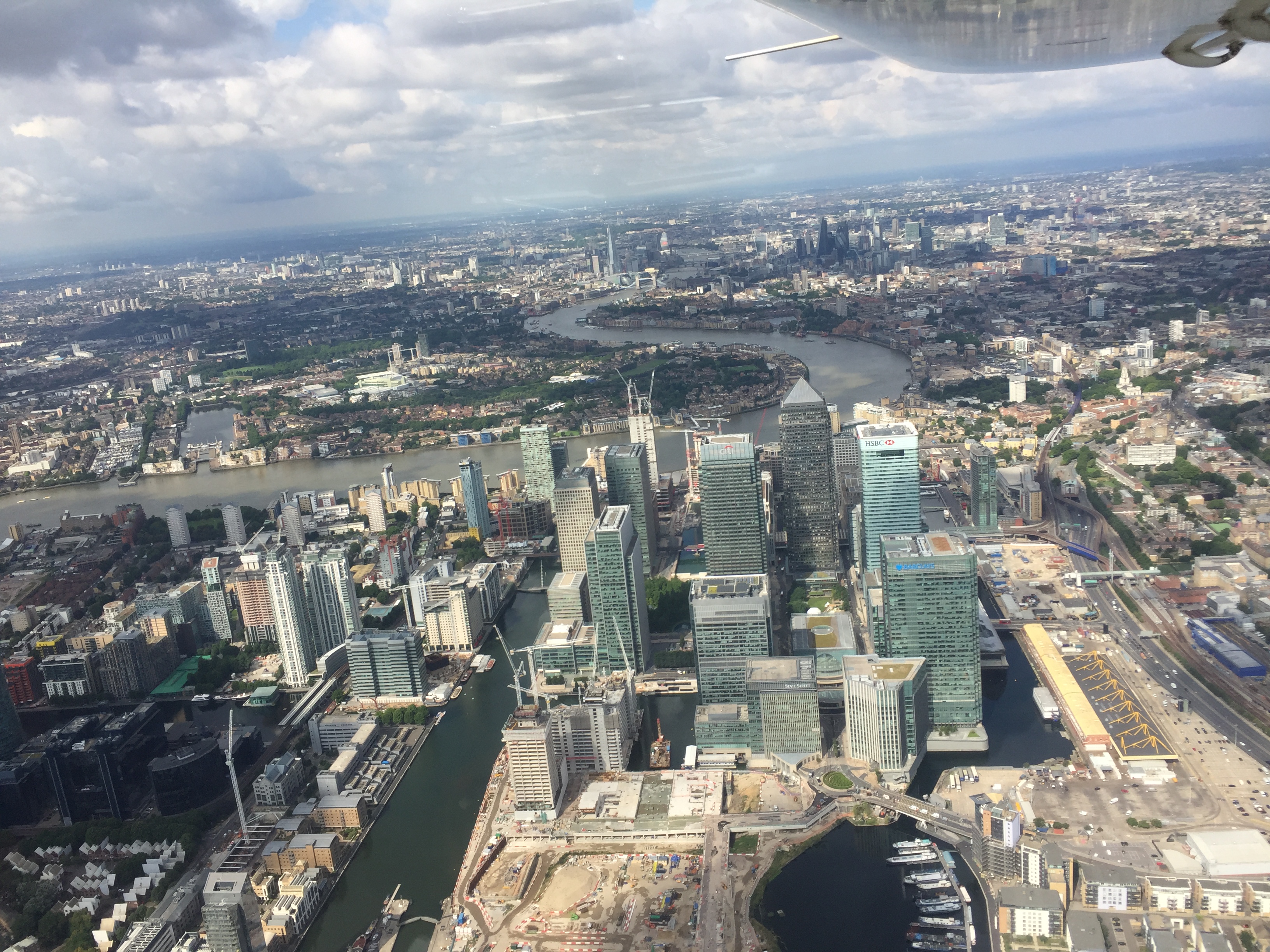To Breeeath or Not to Breeeeath..
- D Mahajan

- Jan 6, 2022
- 4 min read
Updated: Jan 17, 2022

A recent day out in our fair capital city of London was an eye opener....
The busy and crowded Regent Street was unusually quiet despite heavy traffic of double decked red busses, black cabs and private cars and Christmas shoppers...
The evening, chilled, still, slightly misty wintertime pre-theatre air in Piccadilly Circus and Trafalgar Square was actually breathable. There was a higher probability of catching Covid from the mask less masses as one took in a deep breath of unimaginably clean air than damaging ones lungs with carcinogenic exhausts.
After some window-shopping, we went into a pub called The Porcupine. During the ritual of sipping a pint of warm, dark London Pride, it struck me like a high voltage static charge... all the black cabs, big red double decker busses and private cars were electric... driving around in almost complete silence and with zero emission. This surprise inspiration of clean air made me thank the Mayor of London for setting up the ULEZ to discourage petrol and diesel vehicles and inspired me to investigate how much co2 is generated by our petrol powered Microlight and light aircraft. I did not know and no pilot training book in the world ever tells you how much CO2 (Carbon Dioxide) is produced by our internal combustion piston engines.
The internal combustion motor sucks in, via the carburettor(s) in a precise ratio, a charge of 1 gram of petrol and 14.7 grams of air (Stoichiometric ratio); compresses the mixture to heat it, the spark plug then ignites this explosive mix and some clever valves expel the gasses after the vertical motion is changed to rotary motion. When one litre of petrol (0.750 kg) is combined with atmospheric oxygen and combusted in this suck, squeeze, bang, blow sequence the output is... 2.39 kilograms of Carbon Dioxide or CO2, which is a greenhouse gas. Lets look at the mass of Carbon in the petrol that combines with Oxygen to form Carbon Dioxide.
Every Litre of Petrol (750 grams) consists of 87% or 652 grams of Carbon. (The remainder 13% (98 grams) consist of Hydrogen, aromatic chemicals, dye, detergents, lubricants and octane enhancers)
During combustion, the 652 grams of the Carbon (molecular weight 12) contained within the 1 litre of petrol, bonds with 1738 grams of Oxygen (molecular weight 16). (No oxygen, no combustion).
The result of this explosive bonding of Carbon and Oxygen is heat, which is what drives the engine. The gas produced in the combustion amongst some others is Carbon Dioxide, which has 1 molecule of Carbon and 2 molecules of Oxygen (CO2). The sum is then 652 grams of Carbon + 1738 grams of oxygen = 2390 grams of CO2/litre of petrol. The Rotax 80 hp motor consuming 10 litres of petrol per hour produces = 10 litre x 2.392 kg = 23.920 kg of Carbon dioxide The Rotax 100 hp consuming 15 litres of unleaded petrol per hour will produce 35.880 kg of co2 in one hour C-152 consuming 28 litres per hour of Avgas will produce 66.976 kg of co2 Pipistrel Velis electro produces zero CO2 in flight since there is no internal combustion engine burning petrol and air.
Next question that comes to my mind is how many trees do we need to plant to offset the carbon dioxide produced in flight.
There are many companies and government agencies who offer carbon foot print offsetting programs where one pays them to plant trees which will absorb carbon dioxide and produce oxygen. We learn this simple fact in school. But how effective is this method?
According to the website carbonindependent.org –
The amount of CO2 taken up by forests is around 0.5 kg per square metre per year.
This is equivalent to 500 tonnes per square kilometre (1 tonne is 1000 kg, and there are 1 million square metres in a square kilometre). [For the UK, to cancel out the entire greenhouse gases it produces each year (930 million tonnes CO2 equivalent); it would need 1.86 million square kilometres of forest. This is eight times bigger than the total area of the UK (which is 245,000 square kilometres)].
One-hour flight time with an 80 hp motor consuming 10 litres of petrol will produce approximately 24 kg of CO2. Thus to compensate for this we would have to plant 48 square meters of land area with trees.
If I estimate that private flying of Microlight and light aircraft in the UK accumulate about 20,000 hours per year, generating a total of 480,000 kg of co2.
We would need to plant trees on about 960,000 square meters of land, almost 1 square kilometre every year.
(And, by the way, the trees need to mature before they can start absorbing the CO2 and there is no guarantee that the trees will not be cut down or burnt before too long for various reasons.)
You can calculate your carbon footprint in the air simply by multiplying the total litres of unleaded fuel with E-10 consumed by 2.35 kg …
CO2 emissions is calculated by multiplying the mass of fuel by the emission factor:
EMISSIONS = Mass of fuel consumed × Emission factor
Type of fuel
Emission factor (tCO2/tFuel)
Aviation Gasoline (AvGas) contains Lead
3.10
Jet gasoline (Jet B)
3.10
Jet kerosene (Jet A1 or Jet A)
3.15
MoGas without Ethanol
2.39
MoGas with Ethanol 10%
2.35
——-
· reference - https://www.verifavia.com/greenhouse-gas-verification/fq-how-are-aircraft-co2-emissions-calculated-11.php




































Comments